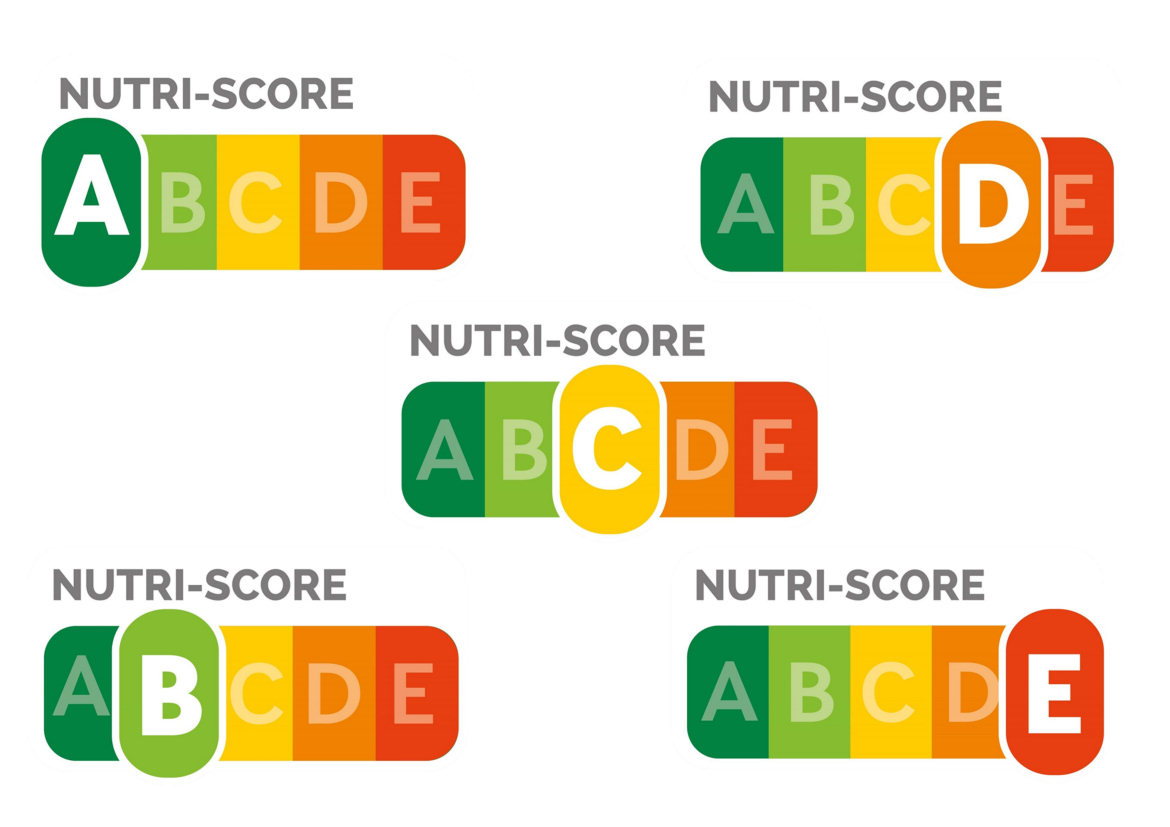This is behind the Nutri-Score calculation
Nutritional information is often a jungle of numbers. Not so the Nutri-Score. With letters from A to E, which are highlighted in traffic light colors from dark green to yellow to red, the five-level model gives a quick overview of the nutritional quality of a food without digits and numbers. The idea behind it: Create simplification where detailed information can be overwhelming, especially when shopping. The comparison of the nutritional value of different foods within a product group is made easier.
In contrast, the calculation model behind the Nutri-Score is not that simple. A lot of numbers come into play here, because points are awarded for unfavorable and positive nutritional properties and offset against each other. The distribution system is based on nutritional recommendations and findings on the consumption habits of the population.
The energy content as well as the sugar, saturated fatty acids and sodium content of a food have a negative impact. The Nutri-Score can be made more positive by the content of fiber and protein as well as the proportions of certain foods. These are fruit and vegetables, nuts and legumes as well as rapeseed, walnut and olive oils - foods that provide a comparatively large amount of vitamins or other beneficial nutrients. Depending on how high or low the respective contents of a food are, the Nutri-Score turns towards green or red.
The calculation system applies to practically all foods in the same way. There are only special regulations for three food groups. They affect cheese, beverages, and fats and oils that are sold as finished products. This is the only way to identify different nutritional qualities in these product groups via the Nutri-Score, which would otherwise remain hidden. Because if calculated using the general formula, butter and margarine, for example, would each receive an E-rating highlighted in red. The special rule makes the more favorable fatty acid profile of a purely plant-based margarine visible: The Nutri-Score shows that it can do one level better than butter in terms of nutritional quality. However, this does not change the core message of the Nutri-Score: It is always about the nutritional comparison within a product group.

Dr. Christina Rempe, www.bzfe.de
Further information: https://www.bzfe.de/inhalt/modell-zur-naehrwertkennzeichnung-34566.html
